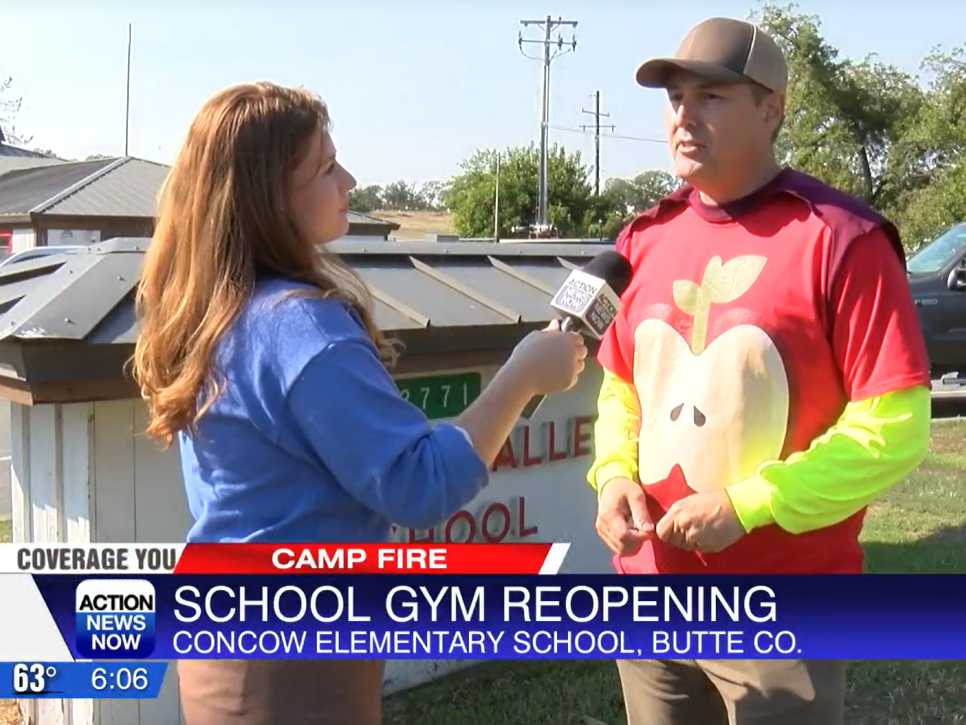As the vibrant days of August unfold, so does a unique awareness campaign: National Crayon Collection Month. It’s a time to appreciate the colorful world that crayons have introduced to our lives, while also acknowledging the environmental impact of these wax wonders. This year’s celebration gains a new layer of significance as we delve into the ways we can keep crayons out of landfills and contribute to a more sustainable future. And while we’re on the subject of crayons, let’s also explore the quirky debate that has entertained us for years – is it “cran” or “cray-on”?’




Quick Answers to Your Crayon Questions
Do crayons melt? Yes, crayons are made from wax, and they melt when exposed to heat.
Do crayons expire? Crayons can last a very long time if stored properly, but over time, they might become brittle or lose their vibrancy.
Do crayons taste good? Crayons are not meant to be eaten and can be harmful if ingested. It’s best to keep them away from the mouth.
Do crayons float? Most crayons are denser than water and will sink, but some specially designed crayons can float in water.
Do crayons have lead in them? Modern crayons are generally made without lead. They are considered safe for artistic use.
Do crayons melt in a car? Yes, crayons can melt in a hot car due to the high temperatures inside the vehicle.
Do crayons melt in a microwave? Crayons can melt in a microwave, but it’s not recommended as it can create a mess and pose a fire risk.
Why do crayons break so easily? Crayons can break easily because they are made from wax, which is a brittle material. Rough handling or dropping can cause them to break.
Why do crayons smell bad? Some crayons might have an unpleasant smell due to the types of wax and pigments used in their production.
Why do crayons smell good? Crayons might have a pleasant scent due to additives or fragrances added by manufacturers.
How do crayons get their color? Crayons get their color from pigments, which are powders that are mixed with the wax during the manufacturing process.
How are crayons made? Crayons are made by mixing pigments with melted wax. This mixture is then poured into crayon-shaped molds to cool and solidify.
The Role of Petroleum in Crayon Production
Petroleum, a fossil fuel, plays a vital role in the production of crayons, specifically through its derivative: paraffin wax. Paraffin wax is a byproduct of crude oil refinement. It’s a versatile material known for its low cost, stability, and ease of use. In crayon production, paraffin wax serves as the binder that holds the pigments together and provides the crayon’s shape and structure.
The Crayon Conundrum: Landfills and Environmental Impact
Crayons, those trusty companions of creativity, have nestled their way into our hearts since their invention in the early 20th century. However, their journey doesn’t end on the paper. The truth is that crayons often end up in landfills, causing a host of environmental concerns. A recent revelation, even for some seasoned educators, is that these seemingly innocuous art supplies are not biodegradable. Their waxy composition and the fact that they are made with petroleum makes them a challenge for natural decomposition, leading to an accumulation of waste in landfills. The environmental toll isn’t just in their inability to break down, but also in the resources used to manufacture them in the first place.
Using Crayons as a Lesson: It Is Better to Be Different
One lesson I really enjoy sharing to the whole school uses two different boxes of crayons. One box of crayons with all grey crayons and a second box of crayons with 96 different colors. The lesson here goes into how boring the gray box of crayons would be as a gift. Imagine drawing a picture and all the colors you had in the box were grey. The second box of crayons is way better. 96 different colors that can be used to make any picture happen. Students agree that getting the box of crayons with 96 different colors is a way better gift. The connection is then made to the school community. It is way better if we are all different. We accept each other and our differences. If we are all the same, we would be like the grey box of crayons. Let’s be like the box of 96.


From Landfills to Lifecycles: Keeping Crayons Out of Trash
Fortunately, there are simple yet effective ways to prevent crayons from clogging up landfills and contributing to environmental issues. Let’s explore some practical strategies:
1. Crayon Collection Drives: Encourage schools, community centers, and art studios to organize crayon collection drives. These events can help divert used or unwanted crayons from the trash bin, giving them a second life.
2. Donation to Organizations: Connect with organizations that work towards recycling and repurposing crayons. Donating your gently used crayons to these initiatives can significantly reduce their impact on the environment.
3. Crayon Recycling Programs: Some companies and organizations have taken the initiative to recycle crayons. These programs collect old crayons, melt them down, and create new crayons for distribution.
4. Upcycling Crafts: While we’re avoiding complex DIY projects, it’s worth mentioning that turning old crayons into new, multi-colored ones can be a fun activity. Even melted crayon art can be a delightful way to give old crayons new purpose.
5. Educational Workshops: Schools can integrate lessons about sustainability and the impact of waste on the environment. These workshops can culminate in students actively participating in crayon recycling efforts.
6. Awareness Campaigns: Spreading the word about crayon waste and its environmental consequences can encourage more responsible disposal habits among individuals and institutions.
7. Biodegradable Alternatives: Look for crayon options made from natural materials that break down over time. While these might not replace traditional crayons entirely, they can be a step towards reducing the environmental impact.
The Great “Cran” vs. “Cray-on” Debate: Schoolyard Amusement
In the midst of our efforts to conserve and recycle crayons, let’s not forget the delightful linguistic debate that often emerges when discussing this beloved art tool. Is it pronounced “cran” or “cray-on”? This seemingly straightforward word has sparked countless conversations and good-natured disagreements. It’s not just a matter of phonetics; it’s a cultural distinction that can vary from region to region. Some passionately argue for the single-syllable “cran,” while others assert the two-syllable “cray-on” with equal fervor. In school settings, this debate often transforms into a lighthearted classroom activity, showcasing the diversity of language and the playfulness of pronunciation.
Crayons and Conservation
As we revel in National Crayon Collection Month this August, let’s approach the festivities with renewed appreciation for the colors that crayons have brought into our lives. From childhood drawings to intricate adult coloring books, crayons have a universal appeal that transcends age and time.
This year’s celebration takes on a more purposeful hue as we learn about the environmental impact of crayon waste. Educators and individuals alike are awakening to the importance of keeping crayons out of landfills. By embracing simple strategies like collection drives, donations, and awareness campaigns, we can make a significant difference in reducing the footprint of these colorful companions.
And in the midst of our conservation efforts, let’s not forget the “cran” vs. “cray-on” debate that continues to entertain and bring smiles to faces. It’s a reminder that even the most mundane aspects of life can spark playful discussions and connections.
As we continue to color our lives with crayons, let’s also color responsibly, considering the journey of these wax sticks from the paper to the landfill. By taking conscious steps to recycle, repurpose, and educate, we can ensure that the vibrant legacy of crayons remains, not only on our artwork but in the sustainability of our planet.



